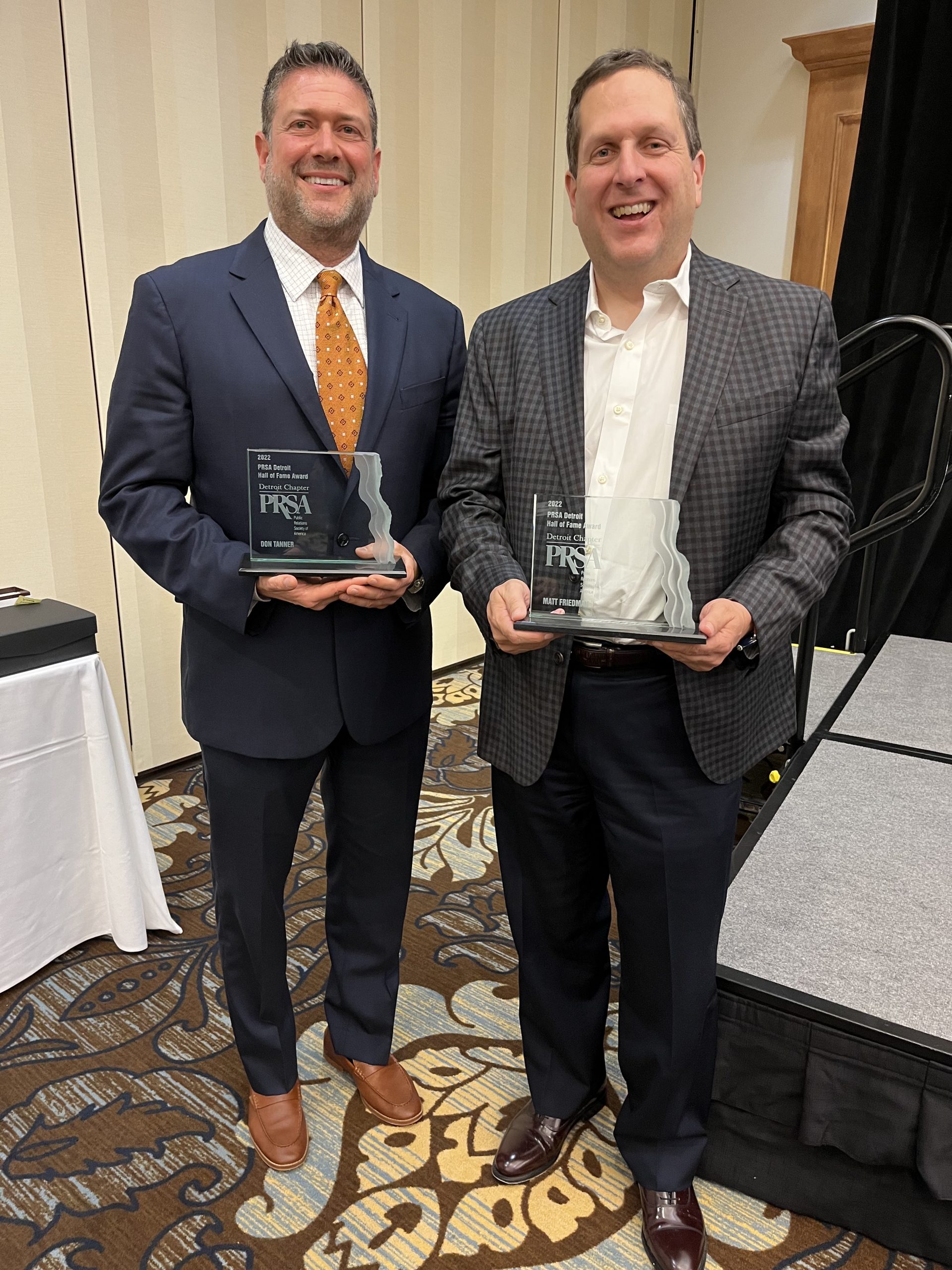
If you’re looking at layoffs in the media business as some kind of “win” for your political agenda, you’re reading the wrong piece. This is an objective view of a situation that isn’t good for anyone but requires a different level of perspective than ever before.
If you work in the PR business and survived the media layoffs of The Great Recession or the reset years that followed, it’s important to understand how this is different and how the old approaches might not work this time.
First of all, let’s set a common understanding – every corner of the news business seems affected by this now. To be clear, it’s not because the demand for news has waned. In many markets, subscriptions are up and consumer metrics are high. But the companies that own news outlets are facing different challenges. For most, advertising is, at best, a giant question mark. With recessionary worries, and further audience segmentation, advertisers don’t seem to have a lot of confidence in anything. For most corporations, one thing hasn’t changed, in times of adversity or uncertainty, they cut advertising.
Some, like Gannett, the largest owner of local news organizations, are struggling to dig out of corporate debt that has nothing to do with the local journalists who are losing their jobs. CNN has received much attention for their cuts, where are largely a result of corporate activity, being shuffled from one giant owner (AT&T) to another (Warner Bros. Discovery).
For those that haven’t yet announced job cuts, particularly in the TV business, there’s uncertainty. And it’s not just because of the narrative that “everyone’s cord cutting and streaming” – because even streaming services have made job cuts. For many local TV station ownership groups, there’s a big question of where the 2023 revenue will come from, especially without all of the election spending that kept 2022 relatively strong. On a hyperlocal level, we’re seeing more community news companies announce complete shutdowns. In short, few seem immune in a U.S. economy where, in so many other industries, there are more job openings than candidates.
In these situations in the past 15 or so years, PR types “pivoted to social media” to maintain their billings and jobs. But this time, not so fast.
You’ve seen the stories about layoffs at Meta (Facebook). The gravy train there is drying up. And have you paid attention to metrics lately? Unless you pay their ransom, who’s seeing the business posts? And Twitter? To say things are uncertain would be understatement. Yes, LinkedIn is still very much viable, but it’s not for every client. The same should certainly be said about TikTok.
2023 is going to be different. It’s going to require a lot more common understanding and creativity to overcome. “That’s not going to get covered” has to be the honest admission starting point. “That’s not going to get attention without a completely different approach” is going to be a more common conversation.
We’re an eternity from 2000 and, by next year this time, could feel a heck of a long way from 2019. It’s time to adapt. Again.
ABOUT TANNER FRIEDMAN Tanner Friedman is a strategic communications firm specializing in helping clients tell their stories through the development and implementation of innovative, targeted and multi-platform initiatives.















